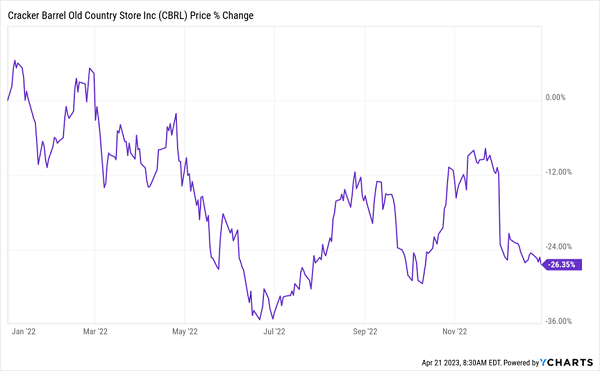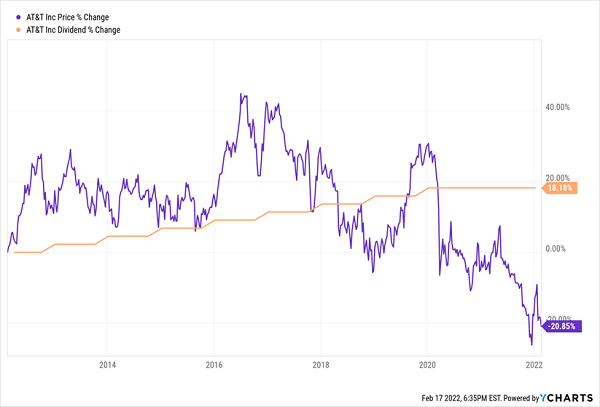We’re more than halfway through Year 1 of Trump 2.0, and I stand by what I said before Inauguration Day: This administration has ushered in a stock picker’s market.
In other words, investors who make smart moves into, and out of, individual dividend payers will do the best in the coming three-and-a-half years.
That puts holders of SPY, which must hold the entire S&P 500, in a jam. The S&P 500 trades at a nosebleed 25-times earnings, and SPY has no manager to shift away from overbought names and toward overlooked bargains. That’s dangerous ground.
With that in mind, let’s run through four tickers (all of which, yes, are SPY holdings) I urge you to avoid—or dump if you’re sitting on them now.… Read more



Recent Comments